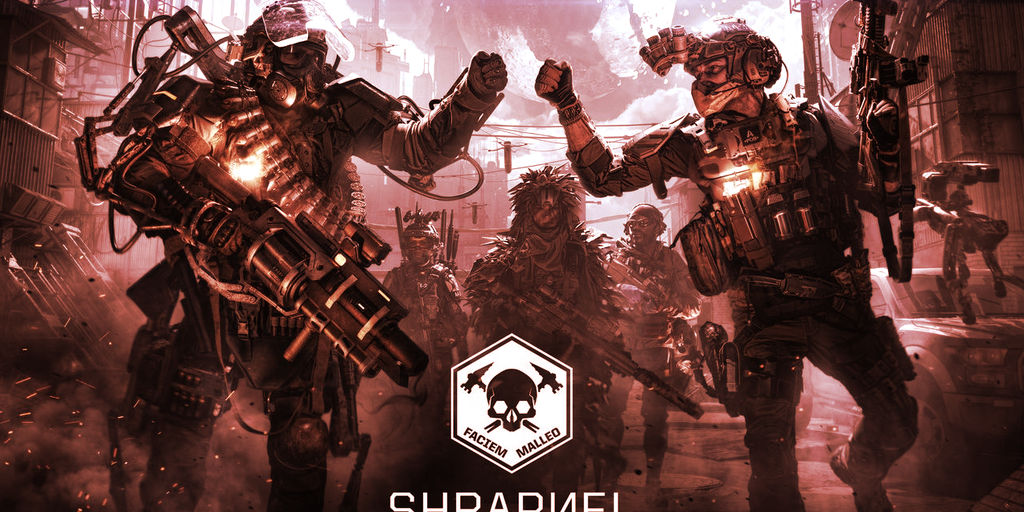In short
Ava Labs President John Wu just lately appeared on Decrypt’s gm podcast.
He mentioned why he believes Avalanche is finest suited to NFT-powered video games, in addition to present perceptions of NFTs.
A lot of the present NFT market lives on Ethereum and its sidechains and scaling options, as effectively Solana—and that’s true of NFT-powered crypto video games, too. However in latest months, we’ve seen an increasing number of builders start constructing video games on Avalanche.
Avalanche play-to-earn sport Crabada has overtaken the struggling Ethereum-based Axie Infinity when it comes to latest NFT buying and selling quantity, and has racked up over $225 million price up to now—making it the highest-grossing total NFT venture on Avalanche, per CryptoSlam.
First-person shooter Shrapnel—described by its creators as a “AAA sport”—may even construct on the platform, whereas on-line social sport Highrise will launch its Web3 metaverse on Avalanche. Different notable initiatives embrace cell sport Fort Crush and on-line role-player Ragnarok.
Why construct on Avalanche, one of many main so-called “Ethereum killers?” On the newest episode of Decrypt’s gm podcast, Ava Labs President John Wu defined that Avalanche’s subnets function is customized to energy doubtlessly sizable crypto sport economies.
A subnet on Avalanche acts like a separate occasion of the platform designed for a sure decentralized app (dapp) or sport—nearly like a white-label answer for a customized blockchain, but nonetheless a part of Avalanche. It inherits the safety from Avalanche, however acts as a devoted house that isn’t affected by (and doesn’t have an effect on) the broader community.
For instance, if one other app or sport on Avalanche is bogging down the primary community, it gained’t kill your sport’s efficiency when you’re working on a subnet. Likewise, a well-liked sport on a subnet doesn’t need to take sources away from different Avalanche companies. There are different advantages, too, comparable to having the ability to select which token is used to pay transaction gasoline charges.
“Gaming initiatives in subnets is about to blow up,” Wu instructed co-hosts Dan Roberts and Jeff Roberts, noting that there are almost 10 video games already tapping into subnets on Avalanche.
“Video games generally, particularly GameFi video games—there’s a gazillion transactions. So these transactions eat up the chain’s capability, in some sense,” he added. “If another person is doing one thing, it gained’t have an effect on your velocity or timing in your subnet.”
Subnets are designed to learn from the safety and consensus mechanism of Avalanche whereas insulating builders from potential community pressure. Blockchain platforms can get slowed down and generally even crash—as Solana just lately skilled. Ava Labs, which represents the founders and core contributors behind Avalanche, sees subnets as a great answer.
“It’s nearly like your personal chain—it’s your personal chain, principally,” Wu mentioned. “And it’s nice for builders, not solely due to the velocity of the transactions … however principally they’re in a position to fear about what they need to do, which is to create nice gameplay, as an alternative of the underlying infrastructure substrate they’ve to fret about, or fear about safety.”
NFTs and gaming
Wu additionally touched on a number of the vitriol and criticism towards NFTs. Many critics level to the environmental impression of some blockchain platforms that use proof-of-work consensus fashions (like Ethereum does, presently), in addition to the prevalence of scams within the NFT and crypto house.
An NFT acts like a blockchain-backed deed of possession to a digital merchandise, representing gadgets like art work, collectibles, and certainly online game gadgets.
He instructed that many individuals aren’t but contemplating the potential “disintermediation of enterprise fashions” through NFT belongings, whether or not it’s artists reducing middlemen out of secondary market gross sales or sustaining a extra direct connection to followers. He additionally pointed to “frothy valuations” for some dear collectibles, which could rub skeptics the incorrect method.
“I simply really feel like individuals don’t actually assume digital collectibles are a factor,” Wu mentioned. “They only consider it as, like, ‘Effectively, I can simply copy that in a GIF and present it, so any digital collectible is simply nonsense.’ And I feel that is in all probability why they hate it.”
Nonetheless, he mentioned that GameFi apps—also referred to as play-to-earn or play-and-earn video games—“are exploding proper now,” serving as “the intersection of decentralized finance and NFTs multi functional.”
Such video games usually present token rewards as incentives to gamers, and possession of in-game gadgets within the type of NFT belongings signifies that gamers can doubtlessly profit from them even after they’re not taking part in. Wu famous the potential for lending companies that allow holders provide up an merchandise for different gamers to make use of—and reap the advantages when it’s leveled up by means of their play. They might make some cash, too.
That mentioned, it’s early days for NFT-powered video games—and a few may argue that present examples really feel extra like DeFi apps than sturdy, pleasant video video games. Shrapnel is one such upcoming sport that’s billed as a step up from present crypto gaming fare, and others constructing within the house imagine that future titles will certainly be as polished as main conventional video games.
“It’s nonetheless not the identical degree of gameplay as a AAA writer’s video games,” Wu mentioned of present crypto video games. “What persons are drawn to is the motivation mechanism, and rising your character or rising rewards and stuff like that. So it’s like a pleasant little new creation, but it surely’s undoubtedly not the gameplay [drawing them in] but.”
The very best of Decrypt straight to your inbox.
Get the highest tales curated each day, weekly roundups & deep dives straight to your inbox.









